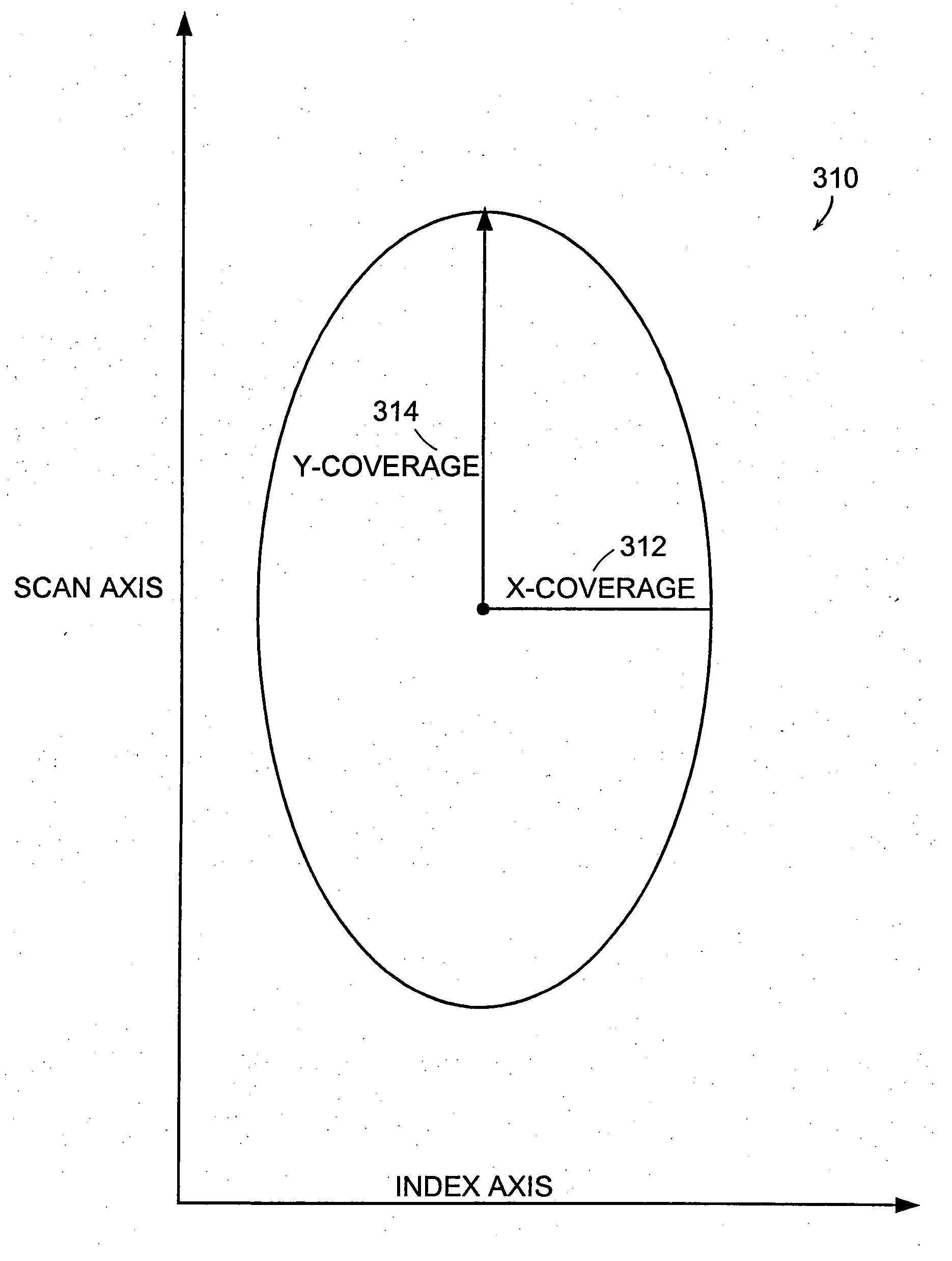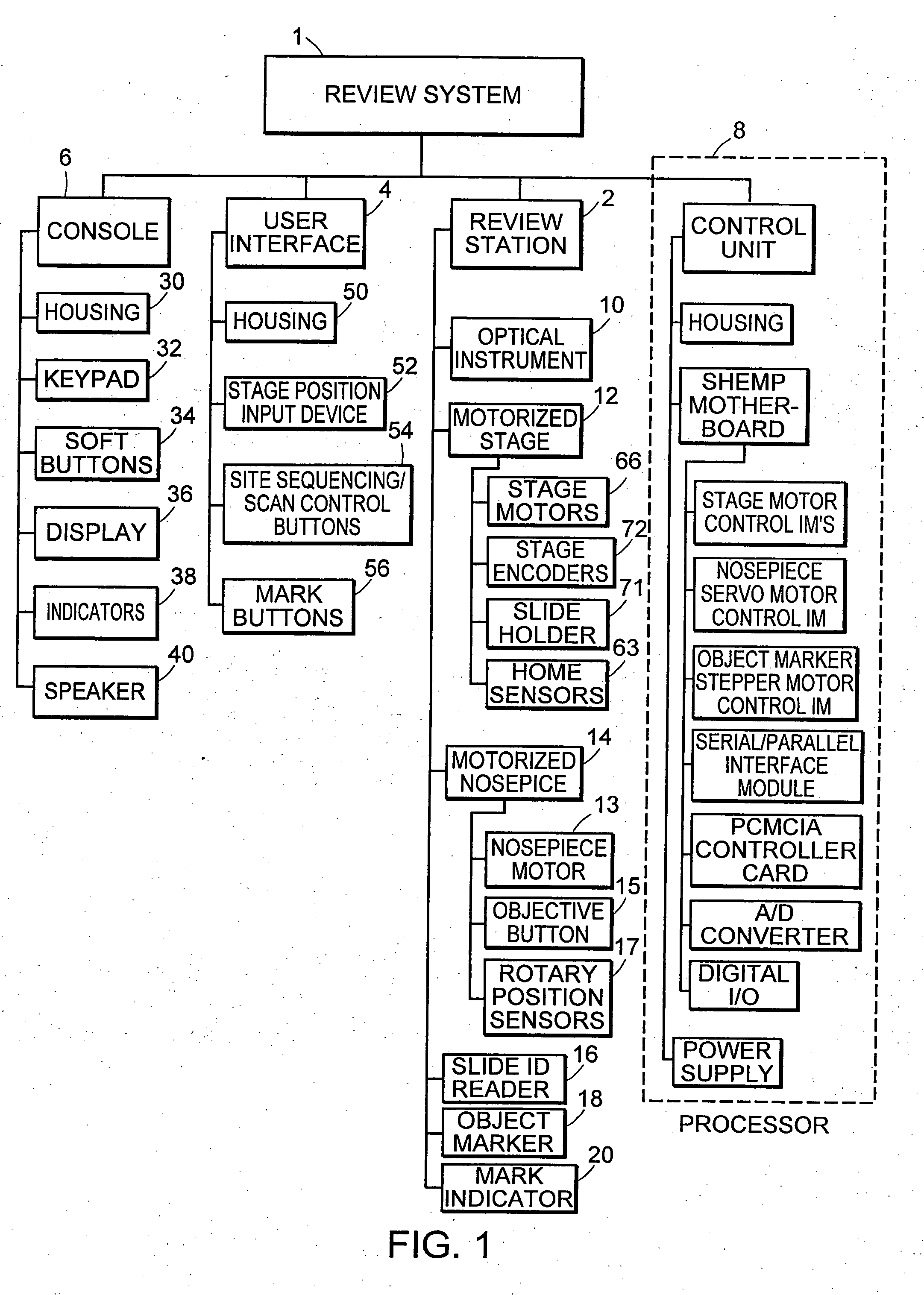Cytological imaging systems and methods
- Summary
- Abstract
- Description
- Claims
- Application Information
AI Technical Summary
Benefits of technology
Problems solved by technology
Method used
Image
Examples
Embodiment Construction
[0082] Embodiments of the present invention are described below. It is, however, expressly noted that the present invention is not limited to these embodiments, but rather the intention is that modifications that are apparent to the person skilled in the art and equivalents thereof are also included.
[0083] The review system (“RS”) defines apparatus used by a cytotechnologist or cytopathologist (collectively “user”) to view a slide having a cytological specimen disposed thereon. The review can be through either a customized optical instrument or a traditional microscope interface that utilizes automatic slide movement. The automatic movement presents fields of interest identified by an imaging system. Additionally, the review system provides a method for automated marking of objects for later review. The marking may be electrical, physical, or both.
[0084] Generally, when a user places a specimen on the RS for review, they are presented a plurality of fields of interest (“FOIs”) tha...
PUM
 Login to View More
Login to View More Abstract
Description
Claims
Application Information
 Login to View More
Login to View More - R&D
- Intellectual Property
- Life Sciences
- Materials
- Tech Scout
- Unparalleled Data Quality
- Higher Quality Content
- 60% Fewer Hallucinations
Browse by: Latest US Patents, China's latest patents, Technical Efficacy Thesaurus, Application Domain, Technology Topic, Popular Technical Reports.
© 2025 PatSnap. All rights reserved.Legal|Privacy policy|Modern Slavery Act Transparency Statement|Sitemap|About US| Contact US: help@patsnap.com



